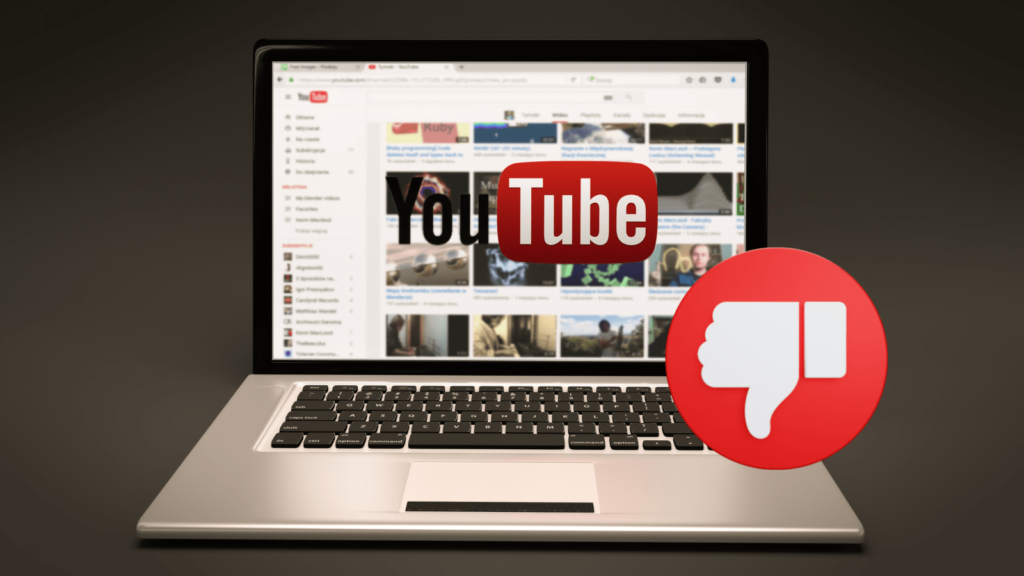Despite believing disliking a video or flagging it as not interested will help make your viewer experience better. Studies show this isn’t the case. Instead, YouTube’s algorithm isn’t listening to what viewers don’t want to see.

YouTube’s dislike and not interested buttons don’t work
Viewers have the chance to let YouTube know when they aren’t interested in a particular video. They can either dislike the video, which shows both YouTube and the creator that this video isn’t something they want to see. Or, they can let YouTube know they’re not interested. By disliking a video, the content creator will be informed. However, they won’t know who has disliked it. For example, if you see a video you find inaccurate and what to dislike it – the creator will see the data on their video, but they won’t know who reacted this way.
The idea then is that YouTube won’t show you similar content. If you’ve either disliked a video or said it doesn’t interest you, then it’s likely you don’t want to see from that creator again, nor do you want that topic popping up as a suggestion. A video may be offensive to a viewer, so they might not want to see anything relating to this subject again. However, it seems YouTube haven’t been reacting correctly to people’s opinions. Instead, it seems the data collected from dislikes isn’t being used in the correct way it was intended.
Studies from more than 20,000 YouTube users has been conducted. Within this, it’s been found that both the not interested and dislike options, aren’t working correctly. There are also buttons – stop recommending channel and remove from watch history. All of these buttons seem to be ineffective at stopping the content from being shown. Users have found despite saying they don’t want to see something, they’re still being shown recommendations from these channels and topics. More than half the recommendations appearing are from topics users have said they didn’t want to see.
Studies show people are seeing content they have requested not to
Data collected from 500 million recommended videos helped show the lack of response from YouTube’s technology. It seems research assistants created 44,000 pairs of videos. Half of these consisted of rejected videos – those that had been marked as not interested. The other half were YouTube’s recommendations. From watching both halves, it showed that many of the recommended videos were similar to those that had been rejected. Either through themes, genres or YouTube creators. This research showed surprising statistics. The dislike button only prevented 12% of bad recommendations.
Following on from this, it was shown that marking a video as not interested only prevented 11% of these poor recommendations. Requesting for an entire channel to not be recommended was only 43% effective. Yes, much better, but still, not even half of videos you’ll be recommended stick to what you’ve requested. Finally, the remove from watch history button only prevented 29% of bad video recommendations. These numbers are quite shocking because there could be many reasons as to why you don’t want to see a certain video.
It could be the content is triggering, or you are offended by the subjects being discussed. Hopefully YouTube will take these studies onboard and make changes to their service. After all, many users pay for their service, and those who don’t are still bringing huge amounts of revenue to their website, through the watching of adverts. It seems the least they can do is ensure their products work correctly because these buttons were placed there for user safety. Viewers should be allowed to feel safe and happy while on the platform.





